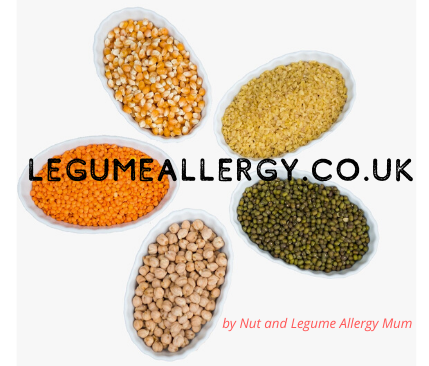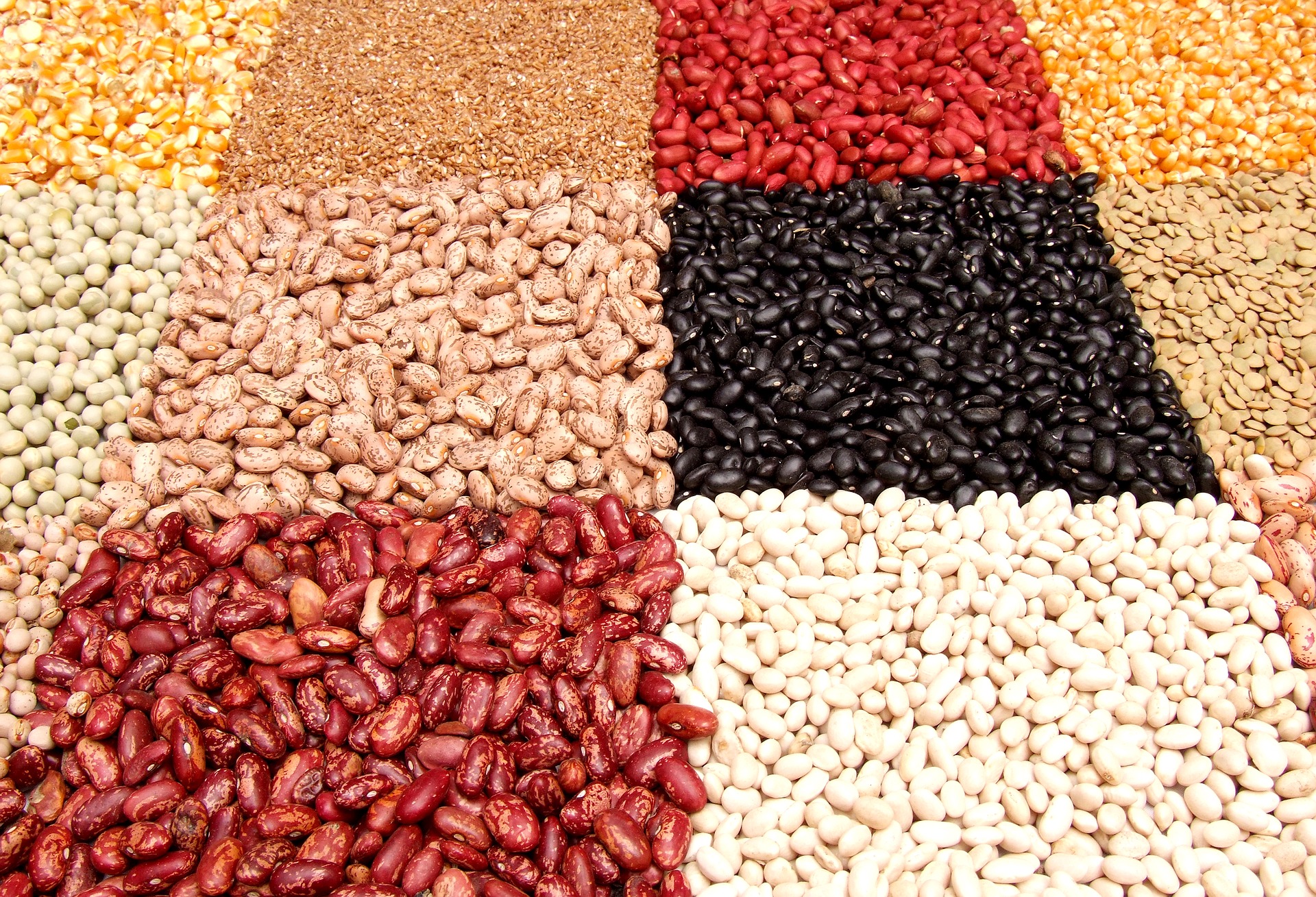Some members of the legume family, peanuts, soya and lupin, are easier to check for because they are in the group of allergens that legally have to be declared on EU food packaging and therefore will be listed in red or bold (see my other post on food labelling for more information about this).
For other legume avoidances, such as peas, lentils, beans and chickpeas, we have to scour the ingredients list for possible culprits when checking to see if a product is safe to eat. See the below example of a food label as an indicator of how different types of foods are listed.

At a glance, the food ingredients in the above picture highlight wheat, milk and celery, as these are in the top 14 allergens that have to be declared. However, people avoiding other allergens need to read the entire list of ingredients, every time. If you are new to this, don’t despair, you will soon become a pro!
The red lentils and the peas in the above example list of ingredients would be an issue for our family, but they are not highlighted as they’re not in the Top 14.
Legumes are often used as bulking agents. Whilst the below is by no means an exhaustive list, some of the food categories and types of foods we have often found legumes in, where you might not necessarily expect them, include:
- Many foods will state that they ‘may contain peanuts’ or ‘may contain soya’.
- Gluten-free products which replace wheat flour with other types of flour such as chickpea (gram), lupin, soya or lentil flour.
- Plant-based, vegetarian and vegan foods
- Indian and Chinese food which often has lentils, chickpeas and peas as well as warnings for cross contamination of nuts and peanuts (poppadoms are made from chickpea (gram) or lentil flour)
- Some sausages (chickpea flour, pea protein, soya)
- Some beef burgers contain soya beans
- Ice cream or yoghurts containing locust bean gum, guar gum
- Chicken nuggets with pea protein
- Broad bean flour in some breads
- Pastries may have lupin in them, especially in France
- Pies containing pea protein.
The NARF Charity (Natasha Allergy Research Foundation) has successfully campaigned for all ingredients to be listed on foods pre-packed for direct sale – the stricter requirements will be effective from October 2021.
If you need advice on eating out in restaurants with allergies outside the Top 14, please see my article on that topic here.

